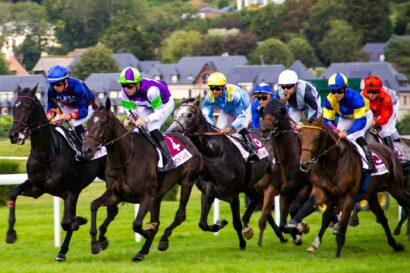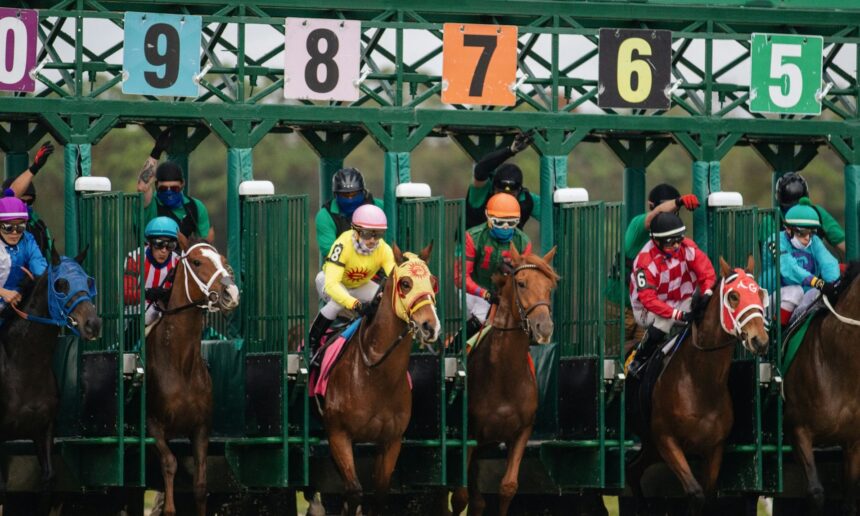
 Horse Racing Betting Tips & News
Horse Racing Betting Tips & News
Horses have been raced since as early as the age of the ancient Roman and Greek Civilisations, when Chariot racing was popular. In history, where there were horses, there was horse sport and nearly always horse racing.
In the United Kingdom, betting on horse racing became more formalised as the racehorse itself became more defined: people began breeding horses selectively for speed in the 17th and 18th centuries, creating what we now know as the Thoroughbred by using the bloodlines of horses from overseas. These horses were the Byerly Turk, the Godolphin Arabian and the Darley Arabian. Every racehorse today is descended from these animals; the ‘Founding Fathers’ of the breed. To be eligible to race now, racehorses must have a full, comprehensive thoroughbred pedigree and a passport, issued by Weatherbys.
In this guide, you will be introduced to the different varieties of horse racing, some betting terms and a guide on how to place an informed bet with William Hill.
Types of horse races
There are four different types of horse racing: Flat racing; National Hunt racing; Harness racing and Endurance racing. In the UK, Flat and National Hunt racing are the prominent varieties by a wide margin. Both are regularly televised, in the media and punted on.
Flat racing
This sort (or ‘code’) of horse racing is as described by its name: Flat races take place on flat tracks with no obstacles. These races are focussed on speed rather than agility over jumps, and can be between five furlongs and two miles in distance.
Horses which race over five furlongs are known as sprinters, whereas a horse who races over one-and-a-half miles to two miles is known as a ‘stayer’. ‘Middle-distance’ horses run over seven furlongs to a mile.
Flat racehorses can start racing at two years old, and may be colts (entire males aged under five), fillies (females aged under five), geldings (castrated males), mares (females aged over five) or horses (entire males aged over five).
Flat races take place on both turf and All-Weather surfaces. The turf season runs over the late spring to autumn, and the all-weather season runs over the winter.
Read more on
Related articles



